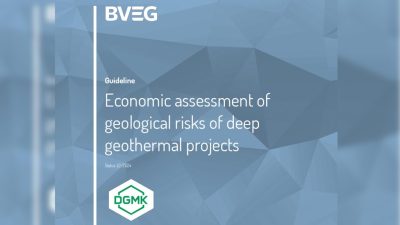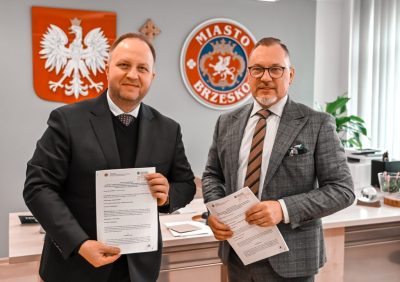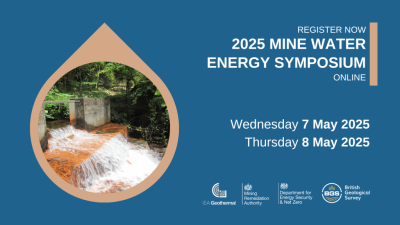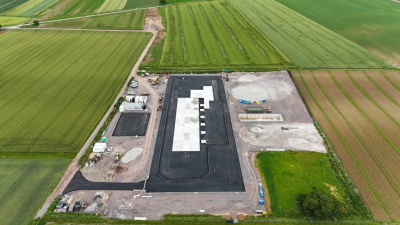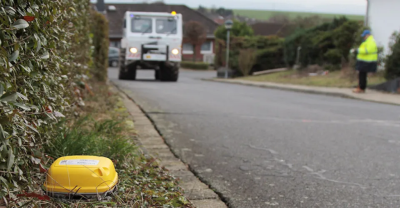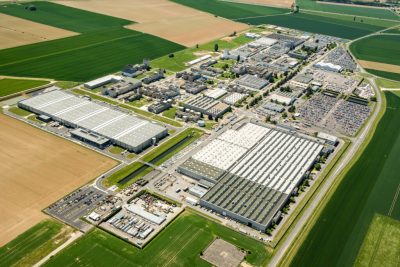EU awards co-funding for EGS demonstration project
As part of an ambitious $1.6 billion clean technologies co-funding program, the EU Commission has awarded funding to one EGS demonstration projects in Hungary.
The European Commission awarded over EUR 1.2 billion ($1.6 billion) funding to 23 highly innovative renewable energy demonstration projects under the first call for proposals for the so-called NER300 funding programme. Projects will be co-financed with revenues obtained from the sale of 200 million emission allowances from the new entrants’ reserve (NER) of the EU Emissions Trading Systems.
The grants of EUR 12 billion – paid by polluters – will leverage a further EUR 2 billion of private investment for the 23 selected low-carbon projects.
Of the 23 projects chose, there were two geothermal EGS demonstration projects on the pre-qualification list, but only one project won the actual award, as was pointed out be EGEC to me earlier this morning.
The awarded project, is the South Hungarian Enhanced Geothermal System (EGS) Demonstration Project in Hungary.
“The scope of that project is the design, construction and operation of a geothermal power plant, near the village of Ferencszállás, located between the towns of Szeged and Makó, in South Eastern Hungary. The surface part of the Project comprises the design, construction and operation of a power plant using geothermal energy from hot dry rock in a compressional stress field. The geothermal resource is produced with an Enhanced Geothermal System (EGS). Its implementation includes the drilling of four 4 km deep production wells and two re-injection wells, and the hydraulic fracturation of the reservoir under the compressional stress fields. The gross capacity of the organic Rankine cycle (ORC) binary power plant is 11.8 MWe with net capacity of 8.9 MWe sold to the electrical grid.”
The other project that was short-listed but did not make the cut is the Litomerice geothermal project in Litomerice, Czech Republic.
“The scope of the Project is the design, construction and operation of a geothermal heat and power plant in the City of Litom??ice in the northern Czech Republic. Two production 5 kmdeep wells and one re-injection well will be drilled in the geothermal field, which is a demonstration project of an enhanced geothermal system (EGS) in hydro fractured, hot dry, deep compact sedimentary and granite rock. Peak heat capacity from the heat plant is 42.6 MWth. The gross output capacity of the organic Rankine cycle (ORC) binary power plant is 5 MWe, with net output, sold to the electrical grid, of 4 MWe. The planned annual electrical output is 29.2 GWh.”
Source: Funding Commission Working Document (pdf), EU Commission release








